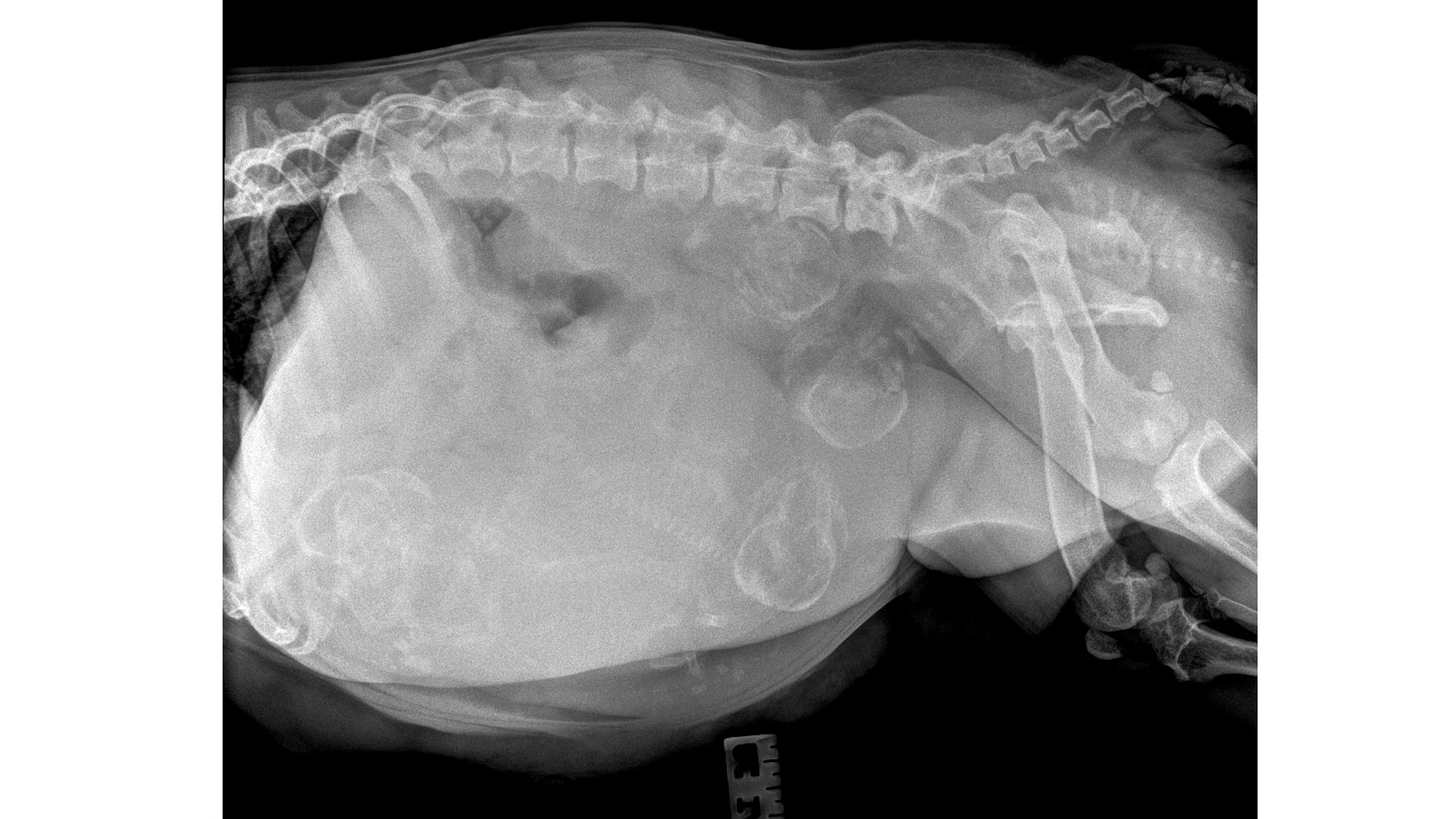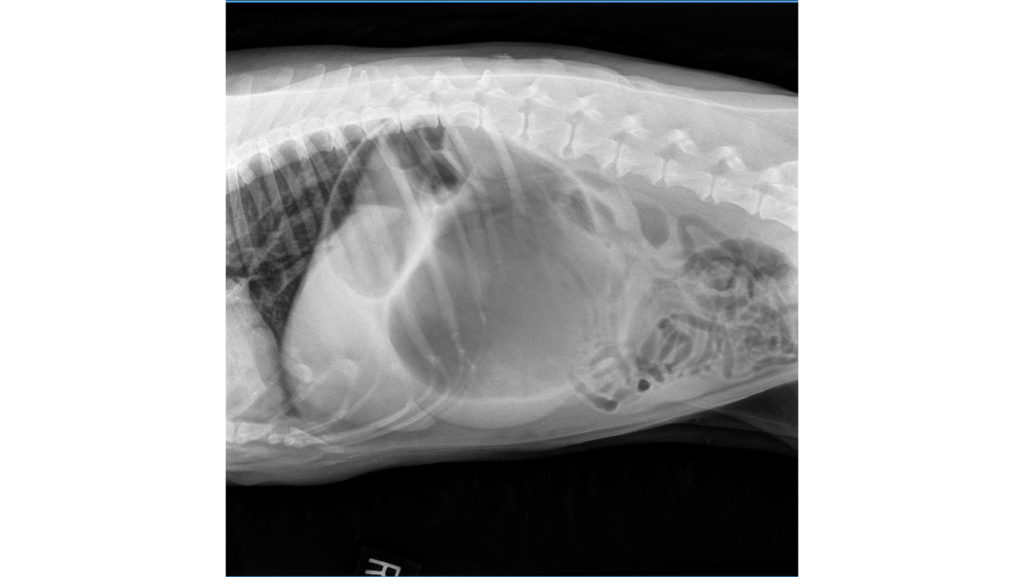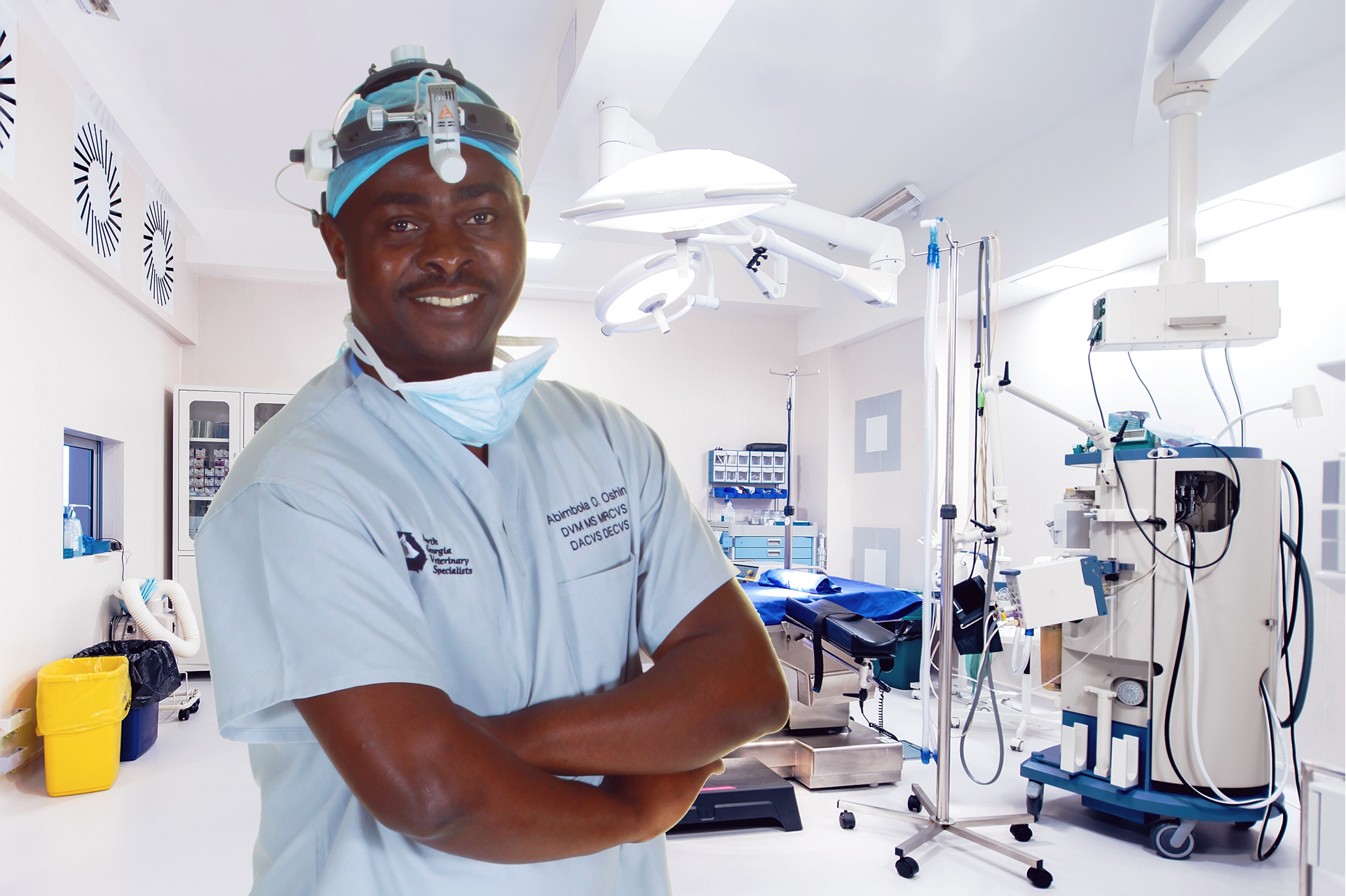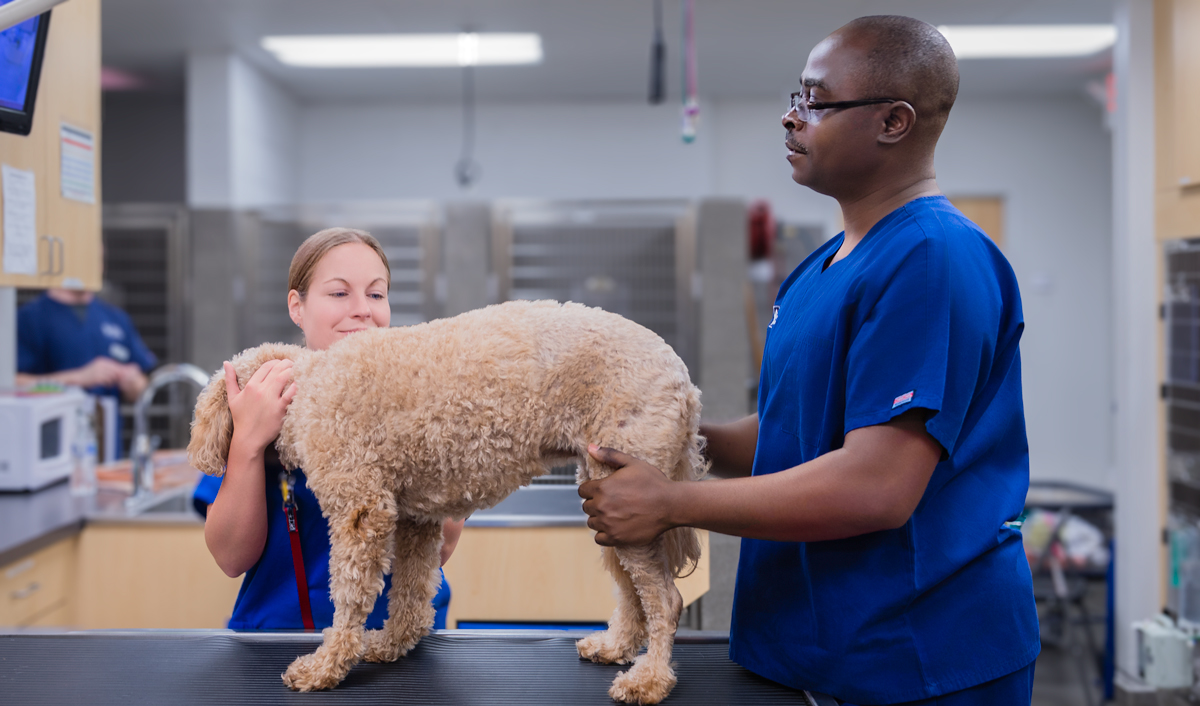While it would be nice to say that a surgical procedure is an emergency whenever a client says it is, and therefore, is emergency surgery, this is not so. There are accepted criteria for a situation warranting surgery in an emergency.
What is Veterinary Emergency Surgery?
Surgical procedures can be classified, based on urgency, as elective, urgent, or emergent.
Elective surgeries are performed at a time optimal for patients, clients, and the surgeon, without affecting the outcome or the long-term health of the patient arising from such delay. The delay could be days, weeks, or months from when the decision to go to surgery is made. Elective surgical procedures are not usually necessary for a patient to stay in good health. Most orthopedic surgeries fit into this category, as well as a variety of soft tissue and oncologic surgeries.
Urgent surgery is typically performed within a couple of days of the diagnosis. It does not need to be performed immediately, and it is best to ensure everyone involved is prepared for the surgery for an optimal outcome. There is enough time to get informed consent, discuss pros and cons, consult family members and Dr. Google, and make sure finances and other postoperative supports are in place. Undue delay can, however, be detrimental to the procedure’s outcome as the disease may progress, altering the outcome and the long-term prognosis for the patient. Most neurological surgeries fall into this category, along with various soft tissue, orthopedic (usually fractures), and oncologic procedures.
On the other hand, an emergent or emergency surgery must be performed as soon as a surgeon is available. Why would a pet need emergency surgery? The answer is simple: to save the pet’s life. The pet’s medical condition is actively deteriorating or is at risk of deteriorating irreversibly at any time. They are usually unplanned and require decisions to be made off the cuff. For this reason, surgeons are on call and available within a couple of hours in most hospitals that expect to deal with emergency surgical procedures. As you can guess, many more emotions are involved in emergency surgeries, and it, therefore, takes a lot of tact and experience to navigate them. Most clients are unprepared for the emotional, physical, and financial burden and the uncertain outcomes.
When and how can a pet get emergency surgery?
Emergencies can occur at any time of the day. During regular weekday working hours, most veterinary practices can evaluate patients presented to them for potential medical or surgical emergencies. It is always best to call ahead so that a pet can be diverted to an alternate veterinary practice for assessment in the event the veterinary practice is fully booked and/or understaffed and unable to attend to emergencies. Following such assessment, the veterinarian providing care will determine if emergency surgery is necessary. If the practice cannot provide the required emergency surgical procedure, the veterinarian in charge can identify another practice that the pet can be transferred to for such procedures.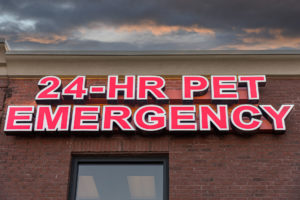
When emergencies occur after regular office hours or during the weekend, veterinary emergency hospitals exist to offer emergency assessments and procedures to pets. Most veterinary practices will have the contact details of the nearest emergency veterinary practice in their after-hours voice message. A google search for the term “emergency vet near me” will also turn up a list of nearby emergency veterinary practice. Emergency practices can offer emergency surgical procedures if indicated after an assessment of the pet.
What are veterinary emergency surgical procedures?
The most common emergency surgical procedures performed by veterinarians include Gastric dilatation (stomach torsion/bloat), hemoabdomen (bleeding into the abdominal cavity, usually from a bleeding abdominal mass or trauma), paralysis from a ruptured intervertebral disc, laceration, bite wounds, and severe trauma with compromises of the body wall, gastrointestinal foreign bodies, Cesarean sections, urinary bladder obstructions, and eye proptosis.
Who performs veterinary emergency surgeries?
Any veterinarian can legally perform veterinary emergency surgeries. The most important criteria are whether the veterinarian is comfortable performing the procedure and whether the practice is staffed and equipped for the procedure, or whether the veterinarian will instead refer the case to a more experienced colleague or more suitable facility. Veterinary surgery specialists, board-certified by the American College of Veterinary Surgeons, also offer emergency surgery cover for some emergency veterinary practices.
How much does veterinary emergency surgery cost?
Emergency veterinary surgeries cost a bit more than other types of surgeries. This is because of the costs associated with operating an emergency veterinary service. Most diagnostic tests that would typically be spread over several days or weeks must be performed within minutes to hours and sometimes repeated as the patient’s condition may rapidly change. Additional costs may be incurred from calling in a surgeon or surgical team to perform the emergency surgery if it occurs after regular hours. Most veterinary practices usually require a substantial portion of the surgery fees to be paid upfront, as most client’s seeking emergency surgeries for their pets do not have a long-term or ongoing relationship with the practice and may never return to the practice again in the future. Also, most veterinary practices do not bill, and the total amount of the surgery fee is expected to be paid at the time the pet is discharged from the hospital, or the pet’s remains are picked up if the surgery does not resolve the problem and results in an adverse outcome. This can usually be a source of friction between clients and emergency veterinary practices.
How to pay for emergency veterinary surgery?
The pet’s owner must pay for veterinary emergency services when the services are rendered. Pet Health Insurance policies cover medical emergencies. However, only about 3.9% of dogs and 1% of cats have health insurance coverage in the United States. Even where a pet has health insurance coverage for surgical emergencies, the pet owner is expected to pay for the surgery at the time of admission and/or discharge of the patient. Owners can then get reimbursed by the pet health insurance company after they submit all the necessary/required paperwork. Third-party payments from credit card providers, including health-specific credit cards and other specialty creditors such as scratch pay, care credit, or Wells Fargo, are usually accepted. Crowd-funding and charitable organizations can help with emergency veterinary bills, but the bills still have to be paid when the services are rendered in almost all emergency cases, leaving little room for crowdfunding for emergency purposes.
Can a veterinarian treat humans in an emergency?
Finally, most people wonder if veterinarians can perform emergency surgery on humans. The answer is not that clear-cut. Should vets perform surgery on humans? In general, it should be a no, as veterinarians are not licensed to practice on humans, just as human medical practitioners are not licensed to practice on animals. However, can vets (veterinary doctors) perform surgery on humans, and can human doctors perform surgery on pets? It depends on the situation and the procedure. In both cases, the good Samaritan Law may apply. This law offers legal protection to individuals who render aid to an injured person, as long as the Good Samaritan uses “reasonable care” when assisting. In this regard, a veterinary medical practitioner will be much better or preferable to any other person with no medical experience where there is no human medical practitioner available to help an injured person. It is unlikely that this help will include a major surgical procedure, but it will more likely involve first aid care to prevent further injuries, maintain airways and breathing, and stop bleeding.

